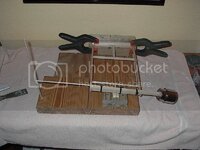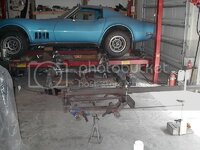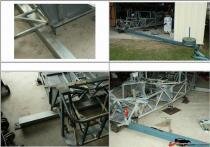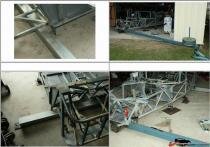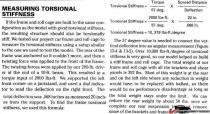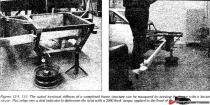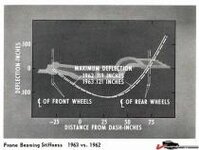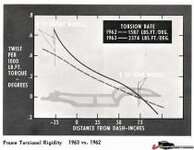clutchdust
Millionaire Playboy
I'm talking about a real person's way, as in, in their own garage. I know engineering shops can test various combinations and get a frequency value, but for those of us that just have a MIG welder in our garage is there a way we can figure that out too? I would be happy with a reasonable approximation. But we all know that if we put a roll cage in our car, it makes the structure stiffer, which is a good thing on multiple fronts, but can you quantify it?
I don't necessarily have to say it's 'x' frequency. But when I do modifications, I would like to be able to say this change increased the torsional stiffness 'x'%, etc.
I don't necessarily have to say it's 'x' frequency. But when I do modifications, I would like to be able to say this change increased the torsional stiffness 'x'%, etc.

